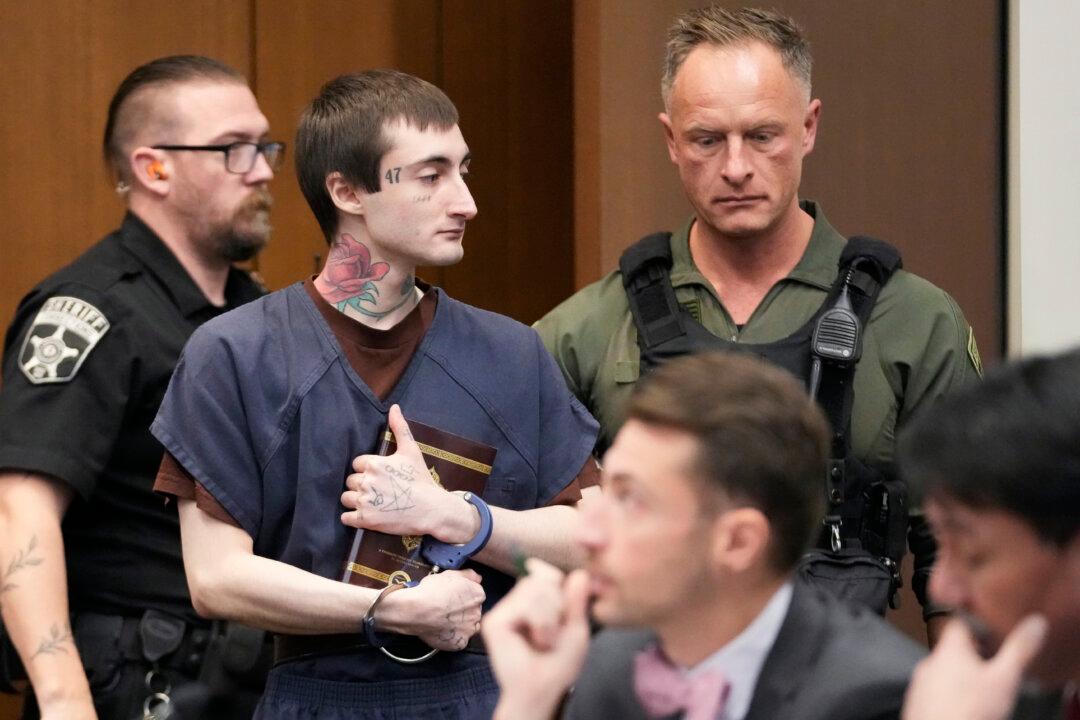As investigators search for the cause of the Colorado wildfire that destroyed nearly 1,000 homes, residents still don’t have clean drinking water, among other essential utilities.
In the tight-knit suburb of Louisville, volunteers—many of whom do not have water themselves—carried packs of bottled water into residents’ cars at the Louisville public library.
Marcy Rodney was among the volunteers and did not have water herself. She said she was strategically boiling and cooling water throughout the day.
Grayson Goodwill lives in Parker, but read on Facebook that drivers were needed to transport water to Louisville.
Many residents still lack clean water, electricity, and gas.
Experts say the winter fire was rare but that similar event will become more common as climate change warms the planet and suburbs grow in fire-prone areas.
The inferno broke out unusually late in the year after months of drought that included a dry fall and a winter with very little snow.
While homes that burned to the foundations were still smoldering in some places, the blaze was no longer considered an immediate threat—especially with frigid temperatures and a blanket of snow that fell Saturday.





